Fridays
Women's Picture Noir
Programmed by Kathleen Geier
During the classic Hollywood era, something very interesting happened when noir films started to incorporate major elements from that most feminist-friendly of genres, the women's picture. The classic elements of noir--including noir styles like the flashback, first-person narration, and high-contrast lighting, and noir themes like crime and corruption--were imported to a domestic setting. The results were noir-stained melodramas that sympathetically explored classic women's picture concerns like romance, marriage, motherhood, and the sexual double standard.
The women's picture noir doesn't necessarily feel like a traditional film noir. Though the protagonists are women, they aren't femmes fatales. Instead of the femme fatale we have the homme fatal: the seductive man who may not be what he seems, and who may well be trying to kill you . . . or at the very least have you committed to an insane asylum! The darker thematic palette of the film noir enabled filmmakers to approach subjects like sex, domestic abuse, and women's own participation in crime and violence with an openness that hadn't been seen since the precode era of the early 1930s. This produced powerful, hard-hitting women's pictures that often had a subversive bite.
The films in this series range from recognized auteurist masterpieces (The Reckless Moment, The Naked Kiss) to undeservedly neglected gems (No Man of Her Own, Repeat Performance). Featured are some of the key figures in film noir, including actors Barbara Stanwyck, Joan Crawford, and Robert Ryan and directors Sam Fuller and Fritz Lang.
1/11/2019 @ 7:00 PM 9:30 PM & SUNDAY @ 1:30 PM
Gaslight
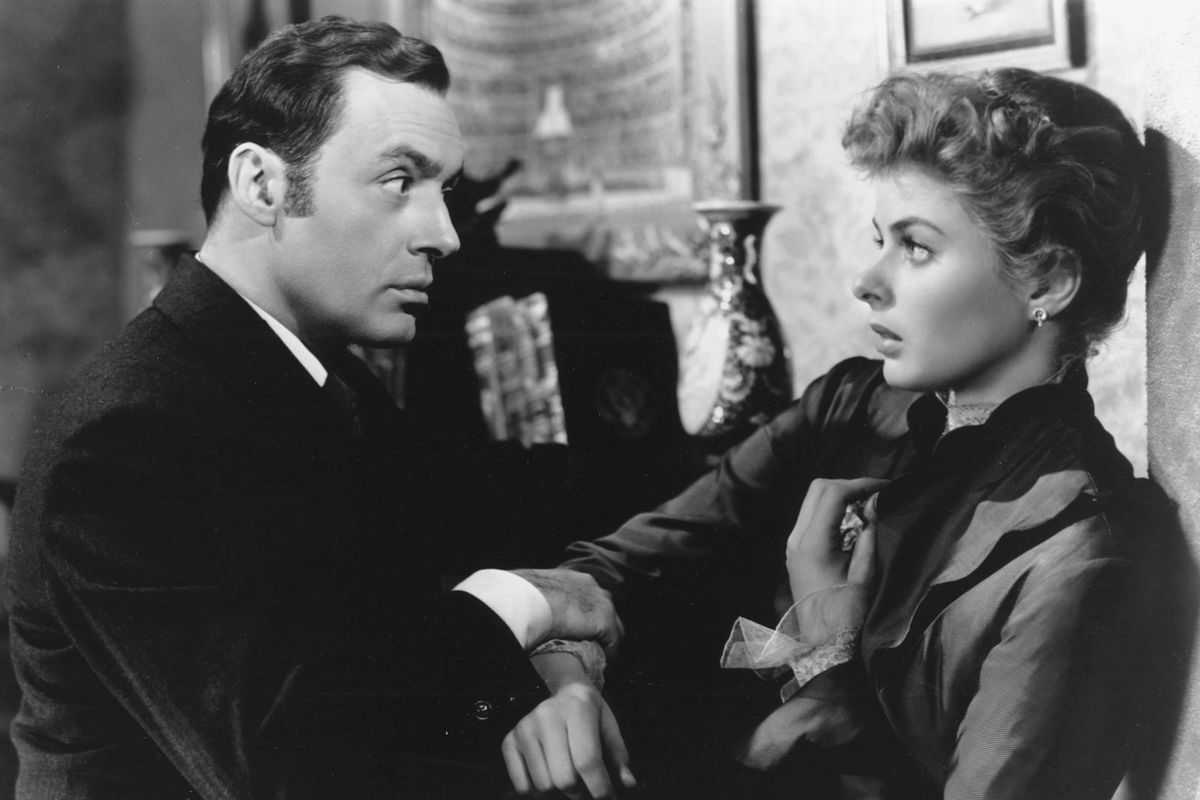
(George Cukor, 1944) · Gaslighting, or manipulating someone into doubting their own sanity, is a concept with enduring personal and political resonance. The origin of the term is this dark thriller, in which Charles Boyer psychologically terrorizes Ingrid Bergman. Gaslight retains its unnerving power, and the electrifying scene when Bergman finally confronts her abuser is a moment of unabashed feminist triumph. But is this film really a noir? Noir maven Eddie Muller is on the fence. "You decide," he says.
runtime: 114m format: 35mm
1/18/2019 @ 7:00 PM
The Reckless Moment
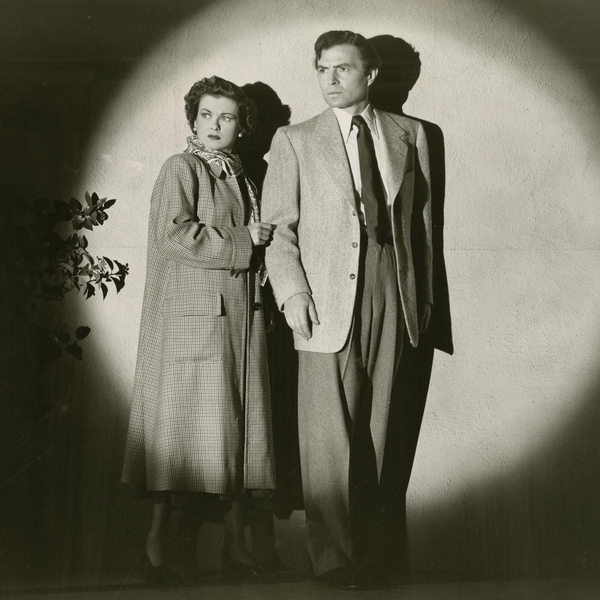
(Max Ophüls, 1949) · A mom (Joan Bennett) learns her daughter is having an affair with a sleazy older man. When she confronts him, her cozy suburban existence is upended and she becomes mired in a noir netherworld of seedy nightclubs and organized crime. Based on Elisabeth Sanxay Holding's novel, The Reckless Moment has been called Ophuls' finest American film. Co-starring James Mason as an oddly sympathetic blackmailer and Frances Williams as the African-American housekeeper the family deeply depends upon. Print Courtesy of the Yale Film Study Center.
runtime: 82m format: 16mm
1/25/2019 @ 7:00 PM 9:30 PM & SUNDAY @ 1:30 PM
I, Jane Doe
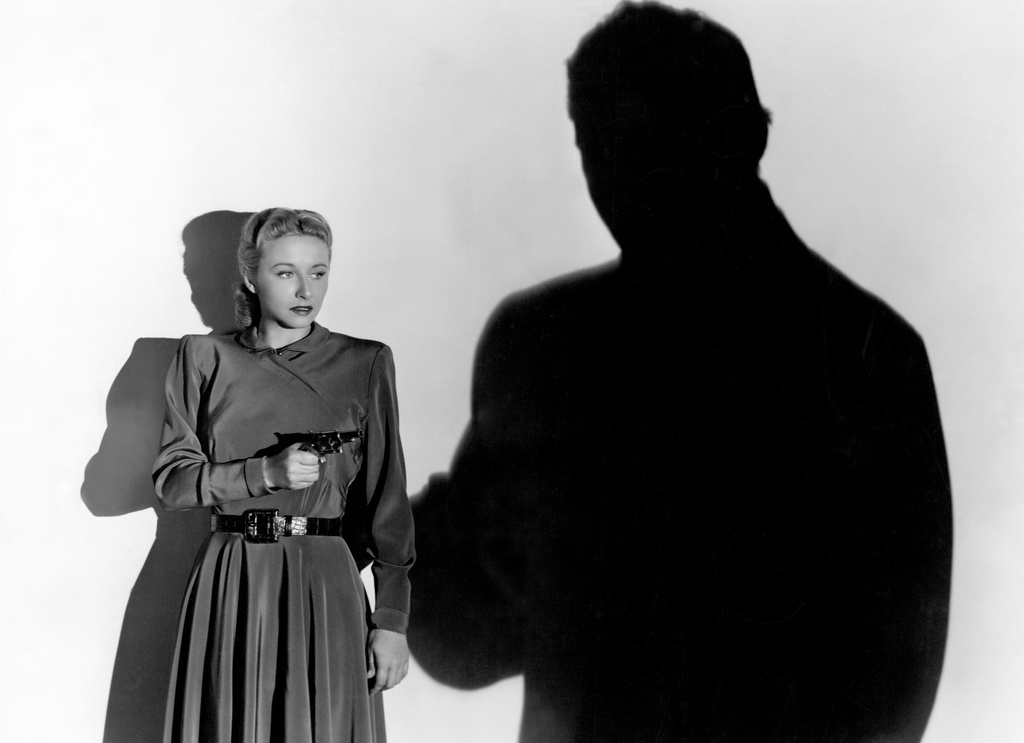
(John H. Auer, 1948) · New restoration! A woman (Vera Ralston) is arrested for murder. Then, in a wacky, only-in-the-movies twist, the murdered man's widow (Ruth Hussey), a lawyer, takes on her case. Flashbacks reveal that the victim (played with smarmy zest by John Carroll) was a cad who, in the words of the musical Chicago, had it comin'. Handpicked for restoration by Scorsese, this noir-stained, irresistibly entertaining Poverty Row melodrama is elevated by its strong performances and strikingly modern feminist attitudes.
runtime: 85m format: DCP
2/1/2019 @ 7:00 PM 9:30 PM & SUNDAY @ 1:30 PM
Secret Beyond the Door
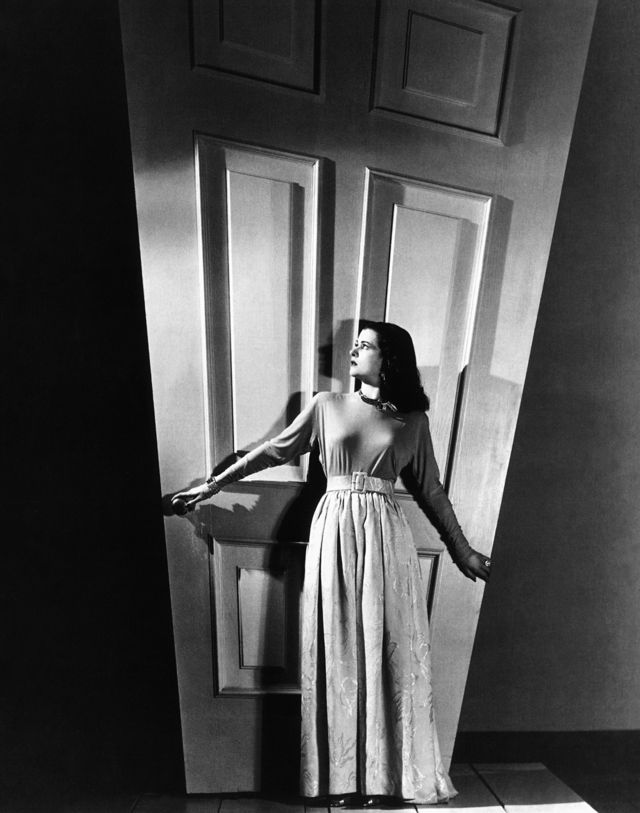
(Fritz Lang, 1947) · Traveling in Mexico, an heiress (Joan Bennett) meets a handsome architect (Michael Redgrave) and falls under his erotic spell. They marry, but soon her bliss turns into horror. First come the offhand sexist remarks ("no woman can think"). Then there's the first wife he never told her about and his creepy hobby of recreating rooms where famous murders took place. Gorgeously lensed by the great Stanley Cortez, this moody, dream-like, deeply weird melodrama may be Fritz Lang's most underrated film. 35mm preservation print courtesy of the UCLA Film & Television Archive. Preservation funding provided by The Film Foundation.
runtime: 99m format: 35mm
2/8/2019 @ 9:30 PM & SUNDAY @ 1:30 PM
Kiss the Blood Off My Hands
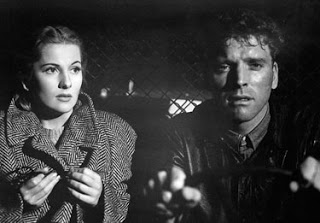
(Norman Foster, 1948) · In post-war London, Bill, a traumatized veteran (Burt Lancaster) kills a man in a bar fight. He becomes a fugitive and is taken in by a lonely nurse (Joan Fontaine). A noir romance blossoms, with scenes of tenderness alternating with moments of shattering brutality. The couple's relationship is threatened by a slimy blackmailer and by Bill's own violent tendencies. Director Norman Foster, a Welles acolyte, creates a compelling noirscape of inky shadows, dark alleys, and rain-slicked streets.
runtime: 79m format: 35mm
2/15/2019 @ 7:00 PM 9:30 PM & SUNDAY @ 1:30 PM
Sudden Fear
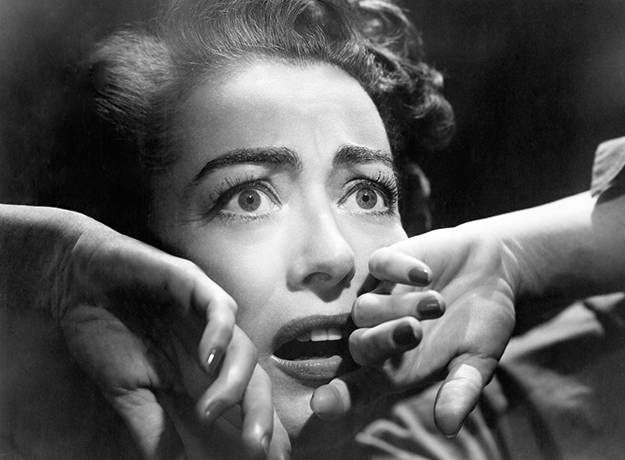
(David Miller, 1952) · Joan Crawford was often the auteur behind her own films. A case in point is Sudden Fear: Crawford found the story and hired the director, scenarist, and co-stars. The result revived her career and remains one of her very best pictures. In it, a wealthy playwright (Crawford) weds a much younger man (Jack Palance). Alas, he plans to kill her. Director David Miller creates Hitchcockian-quality suspense and noir icon Gloria Grahame spices things up as Palance's scheming mistress.
runtime: 110m format: DCP
2/22/2019 @ 7:00 PM 9:30 PM & SUNDAY @ 1:30 PM
No Man of Her Own
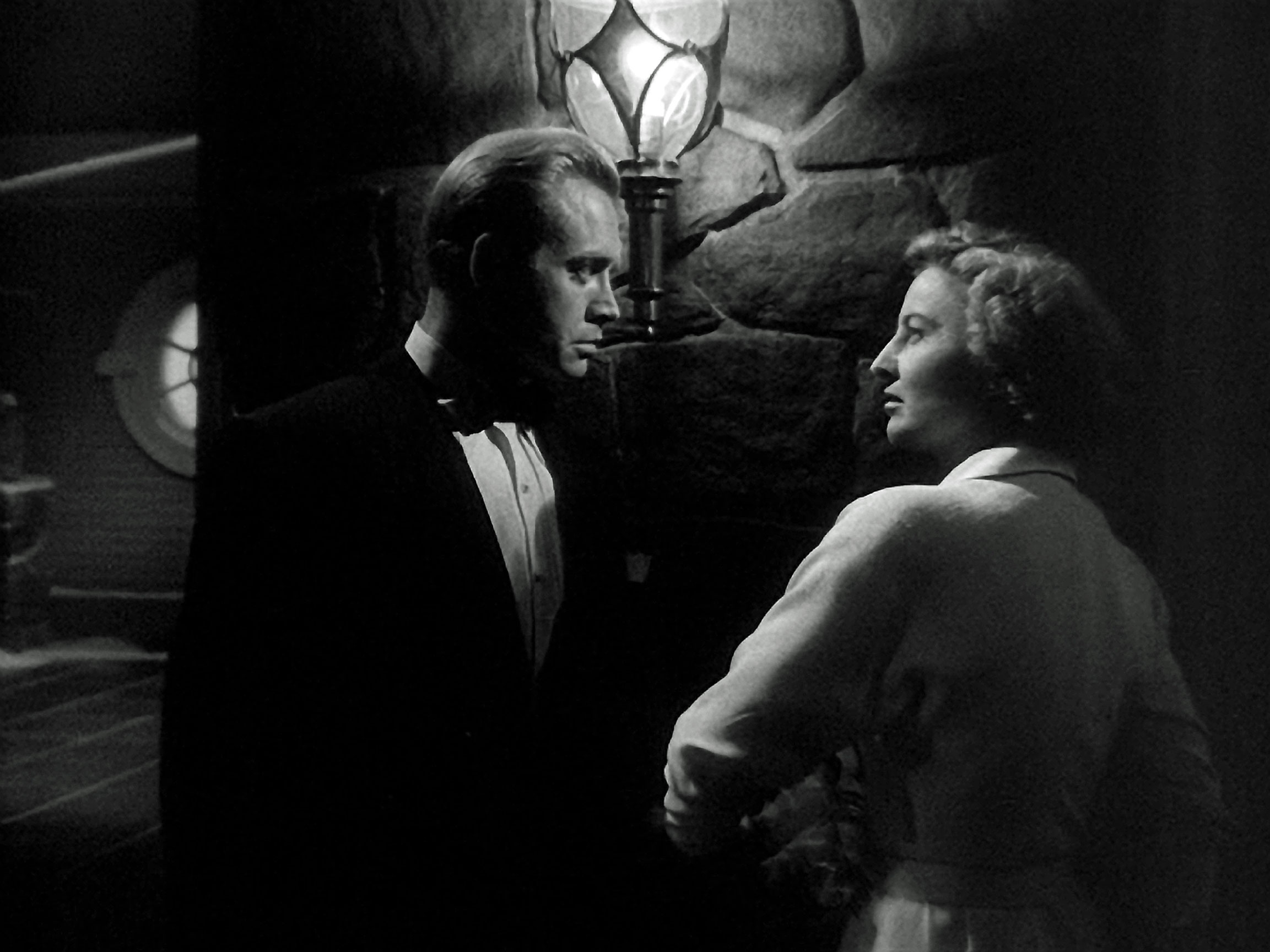
(Mitchell Leisen, 1950) · Broke, pregnant, and dumped by her rotten ex, Helen (Barbara Stanwyck) is feeling desperate. So when fate hands her the opportunity to dramatically improve her fortunes by taking on another woman's identity, she grabs it. Based on Cornell Woolrich's novel I Married a Dead Man, this tense, atmospheric thriller was Mitchell Leisen's only film noir. He infuses it with his usual command of rich visual detail and sympathy for outsiders, and Stanwyck shines in one of her most soulful performances.
runtime: 98m format: Digital
3/1/2019 @ 7:00 PM 9:30 PM & SUNDAY @ 1:30 PM
Caught
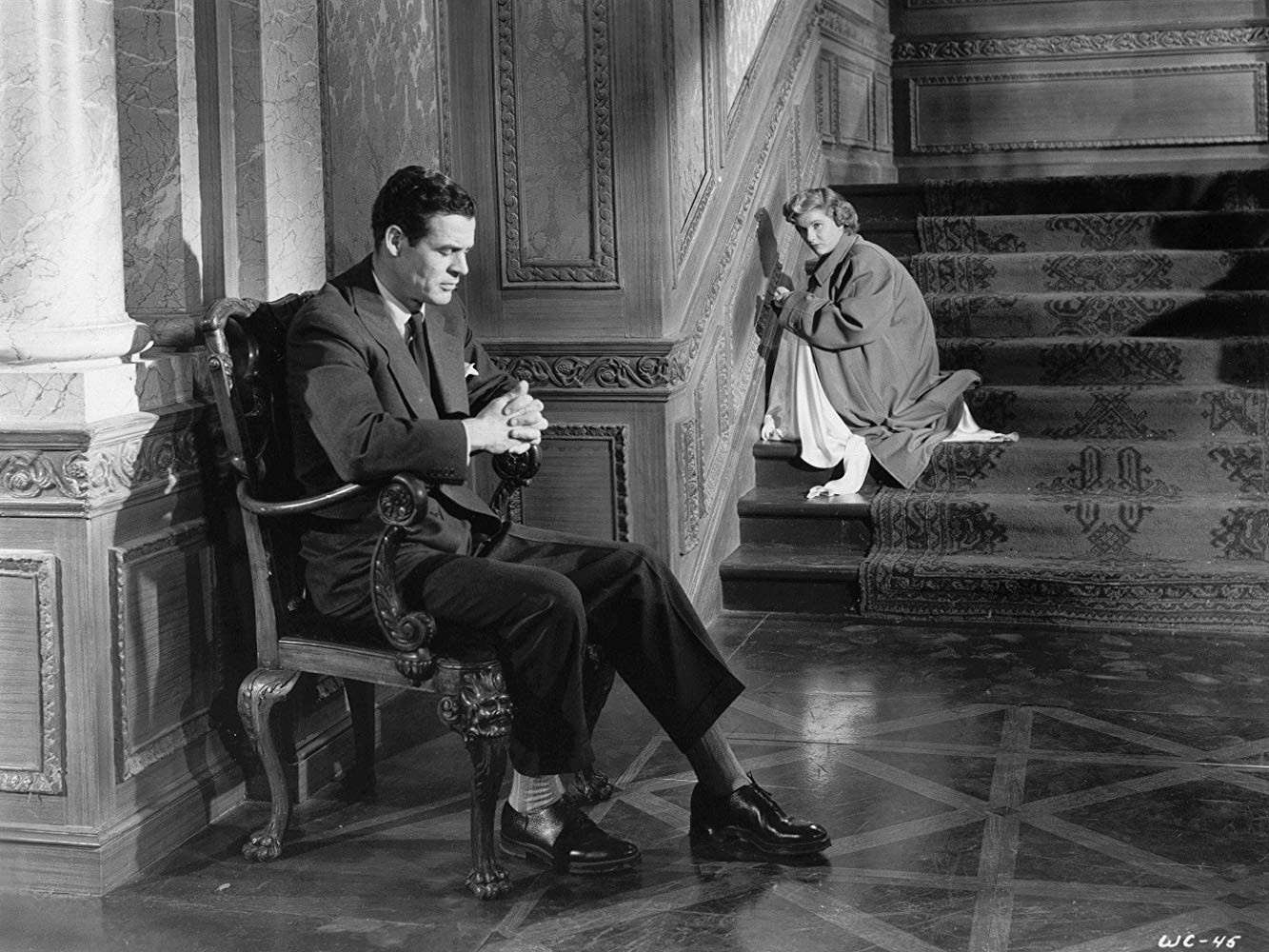
(Max Ophüls, 1949) · When a working class woman (Barbara Bel Geddes) marries one of the richest men in America (Robert Ryan), it seems like a Cinderella fantasy come true. But in Max Ophüls' brilliantly subversive fairy tale, Prince Charming turns out to be a vicious sociopath. Ophüls combines gorgeously fluid camerawork with a hard-hitting critique of American materialism and gender mores. Ryan's chilling performance channels Howard Hughes, on whom his character was based. 35mm preservation print courtesy of the UCLA Film & Television Archive. Preservation funding provided by The Film Foundation and the AFI/NEA Film Preservation Grants Program
runtime: 88m format: 35mm
3/8/2019 @ 7:00 PM 9:30 PM & SUNDAY @ 1:30 PM
Repeat Performance
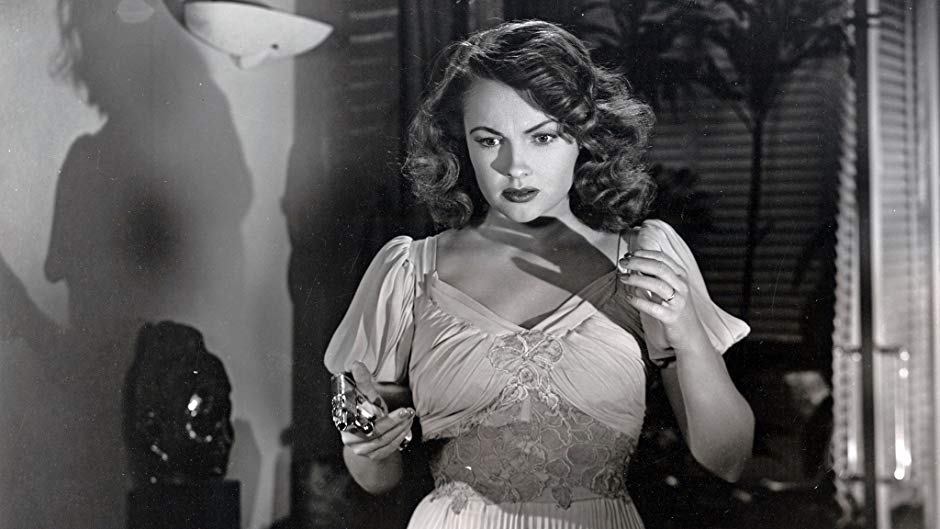
(Alfred L. Werker, 1947) · Film noir meets The Twilight Zone in this neglected Poverty Row gem. As the New Year dawns, a successful actress (Joan Leslie) commits a desperate act. Immediately remorseful, she wishes she could live the year over again--and her wish is granted. Her problem is her bonkers husband, and the question the film asks is whether, by avoiding the previous year's mistakes, their marriage can be saved. Richard Basehart makes his memorable film debut as Leslie's BFF, freshly escaped from the loony bin. 35mm preservation print courtesy of the UCLA Film & Television Archive. Preservation funding provided by the Film Noir Foundation.
runtime: 92m format: 35mm
3/15/2019 @ 7:00 PM 9:30 PM & SUNDAY @ 1:30 PM
The Naked Kiss

(Samuel Fuller, 1964) · To quote Dave Kehr, "What can I tell you about a film that begins with a bald prostitute beating a man unconscious with her handbag?" That's just the first hallucinatory, did-I-just-see-that? moment in a film that is teeming with them. Fuller's uber-pulp masterpiece concerns a sex worker (Constance Towers) who moves to a new town, in an attempt to go straight. What she finds under the town's prim facade is a more lurid reality than she ever dreamed possible. 35mm collection print courtesy of the UCLA Film & Television Archive.
runtime: 91m format: 35mm



